Construction Budgets
How to set realistic expectations and avoid nasty surprises.
Introduction
Determining construction budgets from the initial design brief can be a challenging process, even for the most seasoned of professionals, as project costs are ultimately determined by a broad range of factors - including the interpretation of quality preferences, building complexity, market forces and site conditions.
We have all heard the disaster stories of budget blowouts, often pointed towards the design professional or builder, however, as construction costs are so susceptible to multiple influencing factors, the best way to manage costs is to understand what, how and why these costs vary so much and to set a clear and realistic budget for your designer from the very beginning.
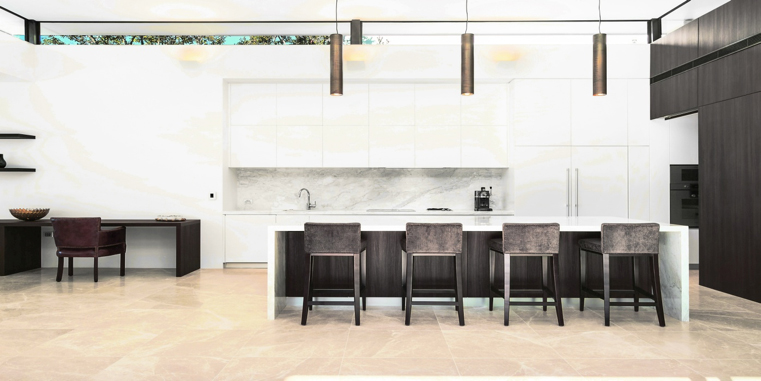
Setting the budget – how much will my project cost?
Of course every project has a budget, large or small, however it is important to make sure your budget is consistent with your expectations. At the preliminary design stage we will often use some broad scale rates for construction and level of finish. Broad scale project rates are best broken down into the type of project, level of finish, location and year of construction such as those below:
| Project Type | Finish Level | Cost Rate |
| Brick veneer, shelf design | Medium | *$1850 - 2000 per m2 |
| Brick veneer, custom design | High | *$2150 -$2350 per m2 |
| Design executive residence | Medium | *$3250 -$3650 per m2 |
| Design executive residence | High | *$4800 -$5300 per m2 |
| *Source BMT quantity surveyors based upon 300m2 of building area (including all areas under roof, site works and basic landscape works) only, constructed in Sydney 2017. Figures exclude GST. | ||
Advice: These figures are suitable for preliminary projections only and do not include demolition costs, excavation, swimming pools, steep sites, developed landscape design or consultant and statutory costs. However, these and other contingencies can be factored in to give you a reasonable assessment of what to expect before you start engaging in the design process.
How do I manage my expectations?
Today we have access to such a huge resource of inspirational designs from all over the world via social media and web based searches. By developing a wonderful portfolio of ideas from apps such as Houzz, Pinterest and the like, it’s not too difficult to find your look or style, but how do these inspiring images relate to our own budgets? Time and again we see wonderful “scrapbooks” of beautiful project images, but only rarely are they consistent with the preferred budget range.
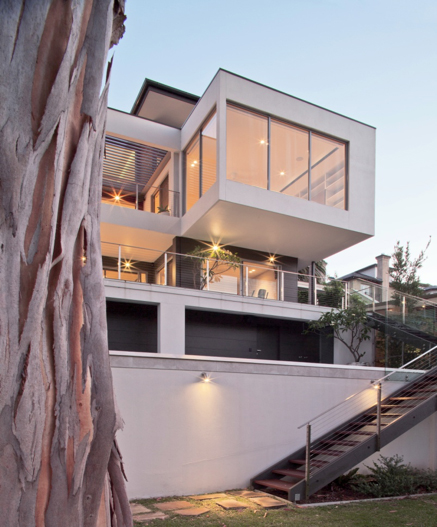
Advice:
When providing your design brief and inspiration, ask your designer if they feel they are consistent with your budget in terms of the level of finish, the type of construction and complexity of design.
Allowances to the budget estimates should be adjusted accordingly and you can decide whether your budget is appropriate to the style and detail of the building desired.
What design factors influence the construction costs?
The level of detail and quality of the design solution has a significant impact on the cost outcome of your project. The factors which influence the overall cost of the project include:
- Construction methodology and superstructure materials e.g. Timber frame, masonry, steel etc.
- Room spans and engineering solutions.
- Complexity and refinement of details.
- Glazing solutions and spans e.g. double glazing, Low E glazing, and commercial framing.
- External materials palette e.g. cladding selections and detailing.
- Interior finishes e.g. wall and floor finishes, joinery detail and scope.
- Interior fixtures e.g. appliance and lighting selections.
- Electrical design e.g. quantity of lights, power points and smart home solutions.
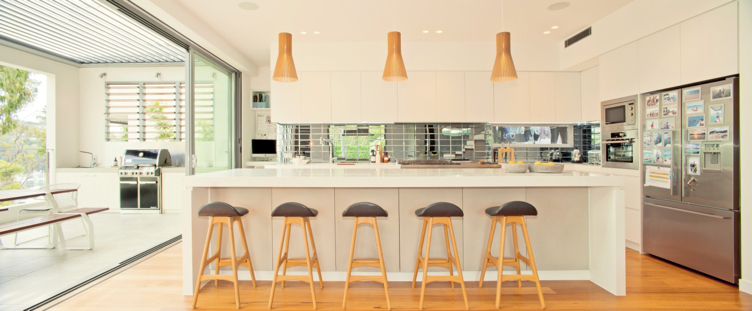
Advice: When briefing your designer, ensure that you discuss your expectations regarding the building quality and fabric. Your designer will give you the most appropriate and creative solution, but unless you discuss these expectations or treatments early, you may have to significantly downgrade the design specification later in the project which is both costly and disappointing.
What costs should I include in my budget?
In developing a budget for your project, (even when using basic rates) you should look at the broadest scope possible and include suitable contingencies relevant to the likely design constraints, and then some. The scope of the project and cost allowances may also include:
- Pre-design costs such as planning and feasibility investigations
- Surveying costs
- Design and external consultant fees
- Council and certification fees, statutory fees, levies, taxes and bonds
- Legal fees
- Services connections and stormwater management
- Clearing, demolition and asbestos removal
- Site access
- Contingencies for establishing building foundations (particularly on complex sites)
- Pools, boundary fencing, landscaping
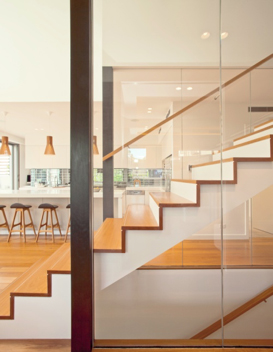
Advice: An experienced design professional can assist you with analysing these costs and a developed budget assessment can be provided as an "opinion of probable costs". Note that your designer is limited by the advice they can provide as they are not builders nor quantity surveyors, of whom should provide the ultimate cost of the project once the full scope, specification and detail of the design is know.
How do I know what my building is going to cost during the design process?
Maintaining a realistic perspective of what the project will ultimately cost during the design is an important consideration. Ultimately, a re-evaluation of the budget should be undertaken at the completion of the following design stages:
- Preliminary design – to reconfirm the total area and scope of the project.
- Developed design – to consider the effective of the materials palette and design complexity.
- Preliminary engineering – consider the impact of the structural solutions.
- Interior design – to ascertain the influence and scope of internal finishes and joinery.
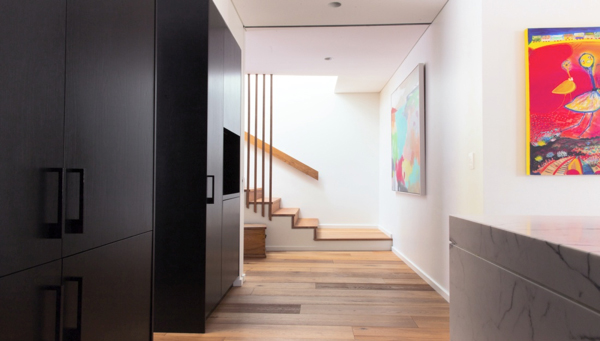
Advice: The time and effort required to assess the costs at each stage can be significant. If you have a builder in mind for the project they can assist throughout the design process, as will a quantity surveyor. Be mindful in each case that you need to make allowances for any noted exclusions or scope limitations.
Tender submissions – what is included in the construction tender?
Upon completion of the design and documentation process your tender package will normally include:
- Building design drawings and specifications including scope of works.
- Construction details.
- Engineering design and specification.
- Interior design and specifications.
- Any consultant reports relevant to construction e.g. landscape design, arborist, geotechnical, bushfire, site management requirements.
- Development consents conditions.
- Selected contract and relevant conditions.
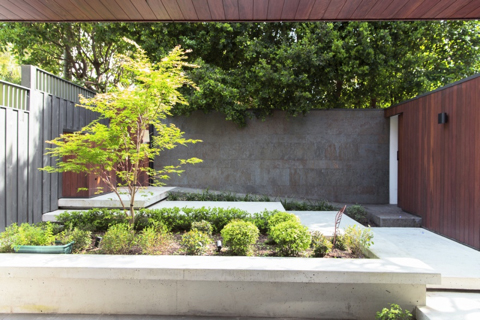
Advice:
Your building designer is best suited to managing the tender process, particularly if they are administering the construction contract, which is advisable to ensure the builder carries out their full contractual obligations, and to ensure the design intent is carried through the project.
What if the tender price is outside my original budget?
From the time the original construction budget is established and the project is finally ready to tender, there has often been a raft of decisions and influences which can affect the final tender price. These can include:
- The scope of work required to complete the project has been too limited.
- The design brief has expanded or evolved from the original scheme.
- The level of finish has been upgraded.
- The selection of fixtures, fittings and appliances has been upgraded.
- The Prime Cost or Provisional Sum allowances have been too generous.
- Council has imposed changes to the design and impose onerous conditions of consent.
- The builder or subcontractor availability has changed due to market supply and demand.
- The cost of building materials have changed.
Regardless of the initial budget projections, it is not uncommon to get tender submissions varying in price buy 10-20% or more. This can often be the case where:
- The builder is not well suited to the project.
- There is not enough time allowed to prepare the tender.
- The interpretation of the documentation and scope differs.
- The quality of the builders work is not comparable.
- The business management and administration structure of the builder is smaller or larger (i.e. overheads are larger).
- The builder or quantity surveyor makes an error in the calculations.
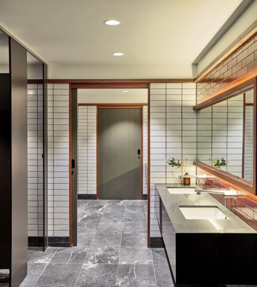
Advice:
The tender invitations should go to builders working to a similar quality and experience in the project type being tendered.
Once all tenders are received these should be reviewed in detail to ascertain any anomalies or omissions to ensure each submission evaluated on a completely even basis.
Your building designer can advise where savings can be made on the project, and the tender price negotiated subject to any modification of scope or design specification.
How do I avoid budget blowouts?
By the time you implement a thorough and broad scope budget analysis of the project as suggested in the above, you should have a reasonably sound understanding of the costs involved in the project. By engaging a building designer that is able to produce high quality and succinct design and contract documentation, you can minimise the conditions that often lead to budget and contract variations.
During the construction process, it is not uncommon to find unforseen conditions to establish the building foundations which may incur an increase in the contract price, and changing the scope, upgrading or modifying the design specification during the project will have a similar effect, which is more common in renovation projects than new builds.
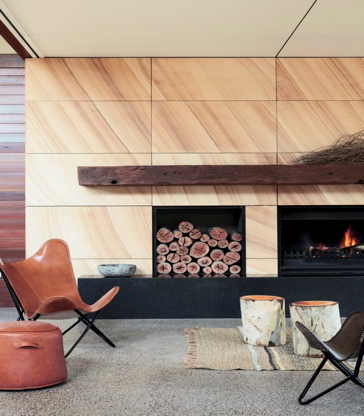
Advice:
As a rule we recommend a project contingency on the contract price from 5% to 10% for most projects of $1M + in value, and from 10% to 25% for renovation projects up to $1M.
Note that renovation projects are more susceptible to cost increases, largely due to the many unknown factors associated with the existing conditions.
Summary
By understanding the full scope of work involved in a new build or renovation project, you can more easily ascertain the costs involved. Similarly, by setting realistic expectations on the level of finish and detail of the build and actively reviewing the cost projections throughout the design process, you can be more confident with the initial budgets and measure that against core design decisions or conditions as they become more evident along the way.
About us
Sanctum Design has produced over 250 projects of varying scale and complexity over the past 20 years of practice, and their core team possesses an invaluable depth of knowledge and experience in producing pragmatic, yet innovative solutions to the most demanding of design and budget briefings. When engaged to administer the building contract, we promote and actively engage in informing our project collaborators to help minimise budget variables and ensure that each project meets the clear expectations as developed from inception, and delivered through to completion.
Should you require further information we can be contacted on 0412 445 354 or via our website at www.sanctumdesign.com.au.
By James Cooper Director